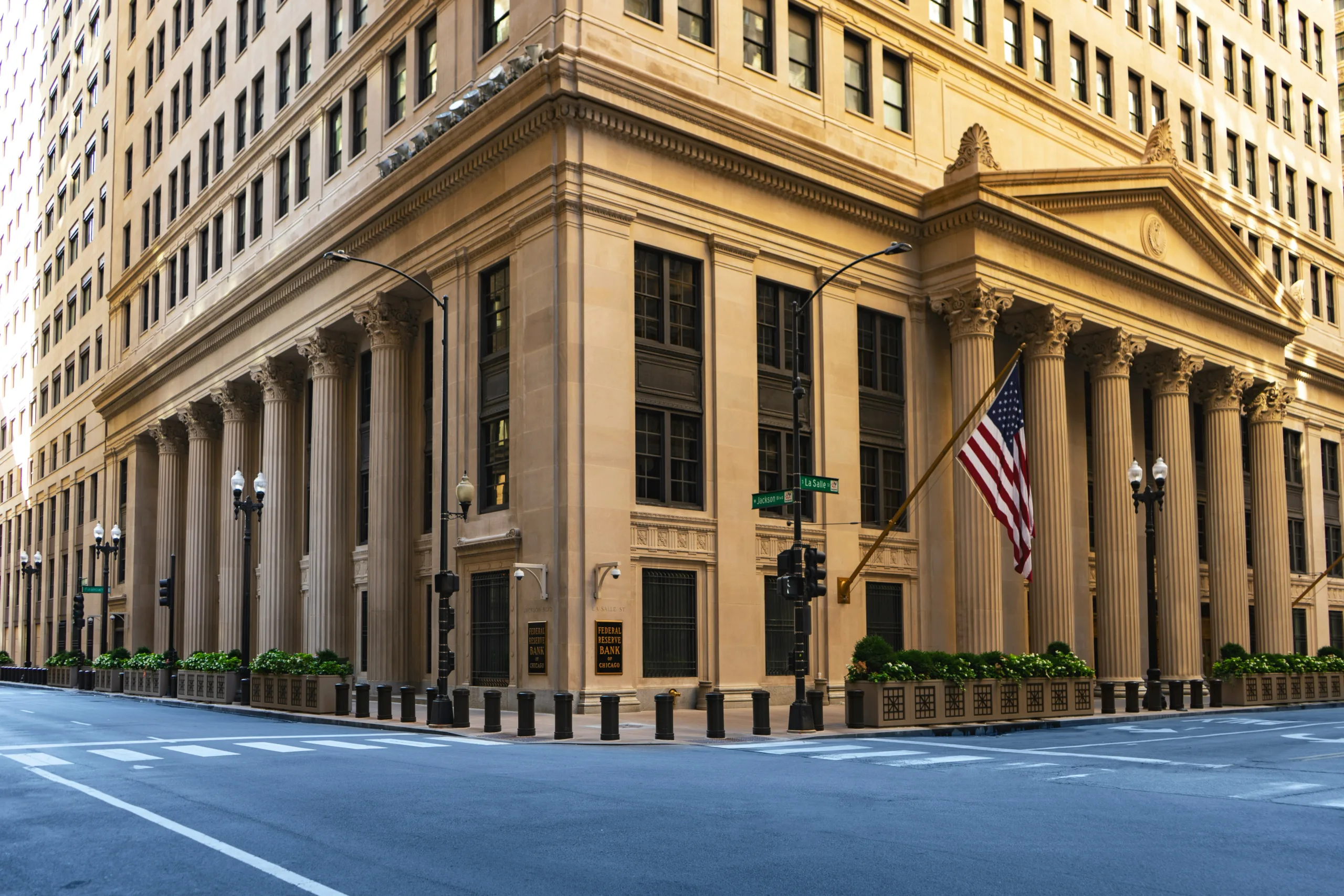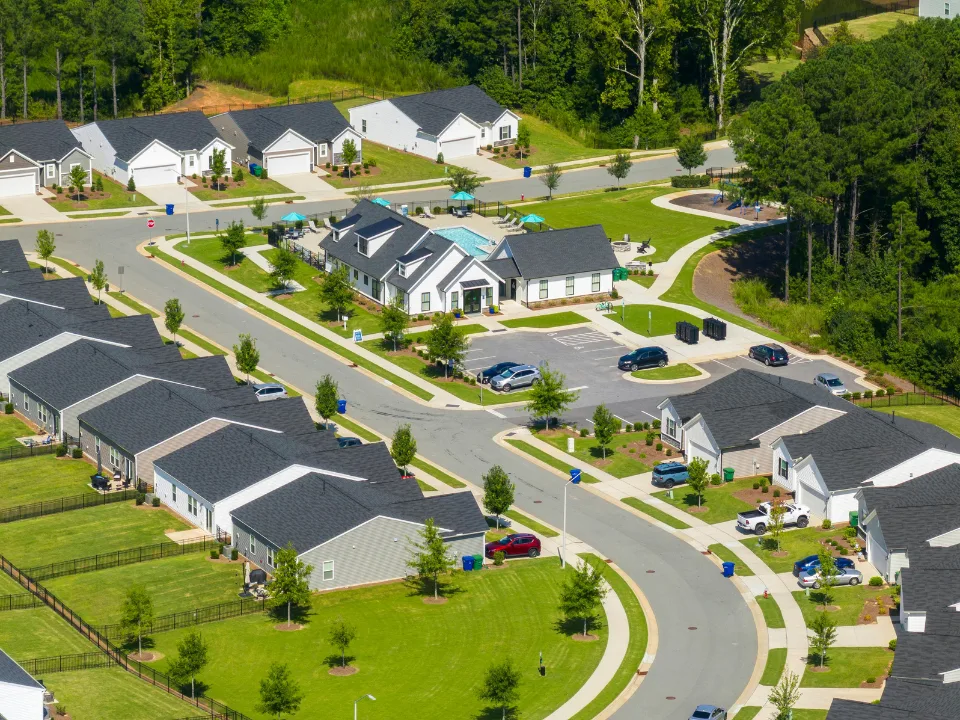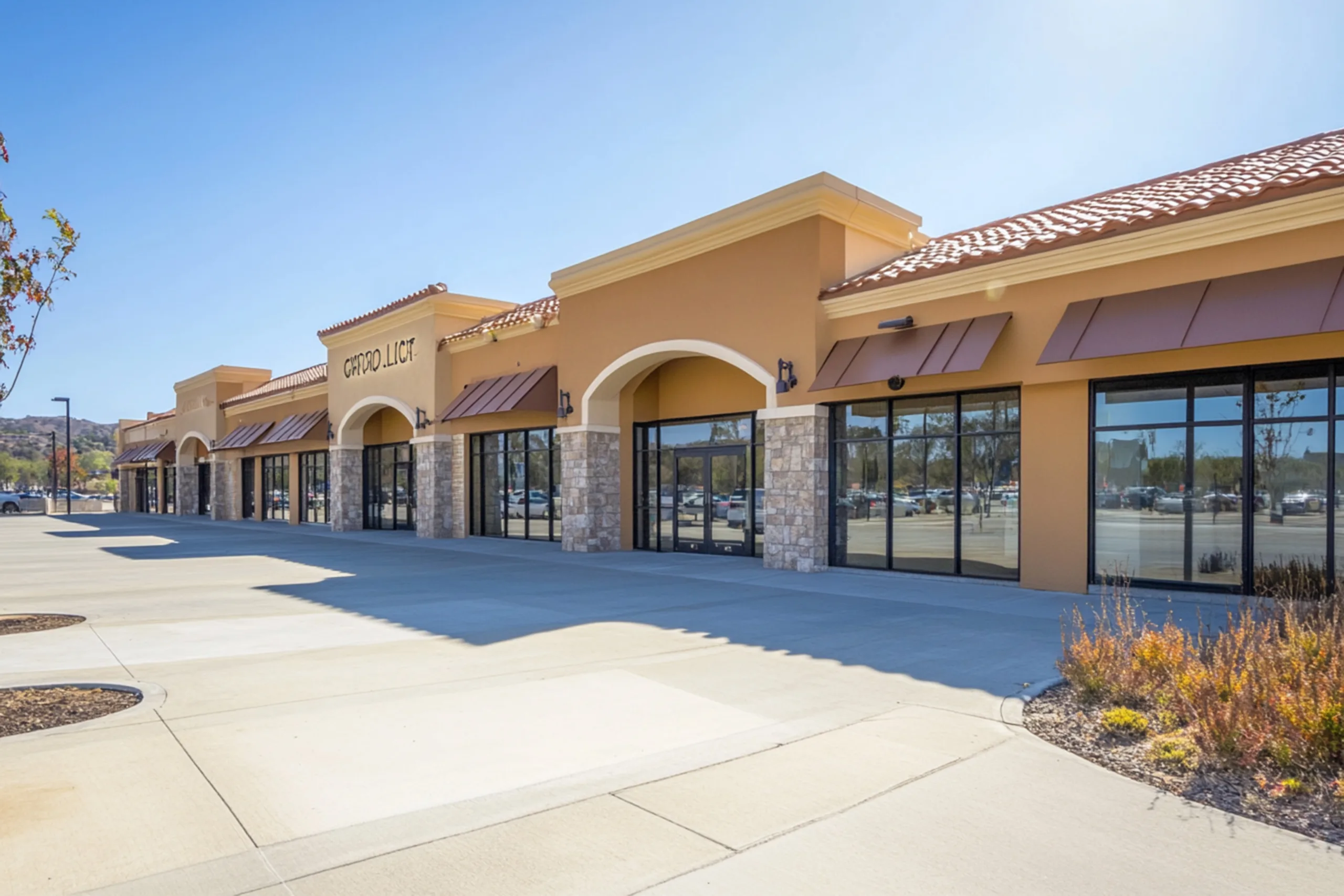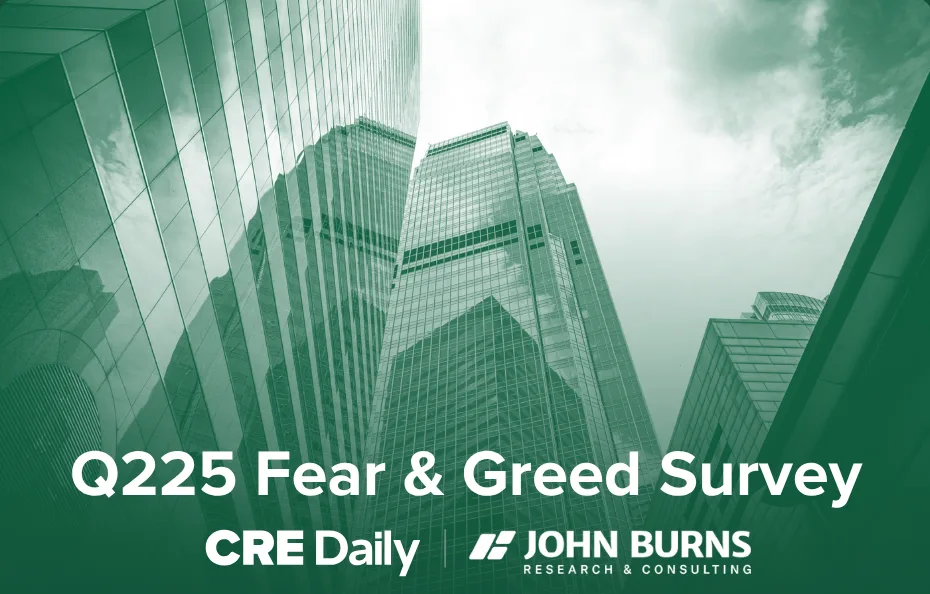- The Federal Reserve maintained its benchmark rate at 4.25%–4.5%, citing elevated economic uncertainty and trade-related headwinds.
- The commercial real estate industry is closely watching the Fed’s September meeting, where a potential rate cut could provide relief to a transaction-hampered market.
- Fed Chair Jerome Powell signaled no decision has been made yet, but industry professionals remain optimistic amid rising financing costs and slowing deal volumes.
Holding the Line
CoStar reports that as expected, the Federal Reserve left interest rates unchanged at its July policy meeting, choosing to hold the benchmark range at 4.25% to 4.5%. Fed Chair Jerome Powell said the central bank remains cautious, noting “uncertainty about the economic outlook remains elevated.”
Powell emphasized a “wait-and-see” approach, especially as the Fed awaits more clarity on inflation, employment, and the impact of new US trade policies. The July decision marks a continuation of the Fed’s hold strategy, which has persisted since early 2024.
CRE Looks to September
The decision leaves the commercial real estate industry in a holding pattern, though optimism is building for a possible September rate cut. Law firm HSF Kramer partner James Godman noted that persistent high mortgage rates have “stymied the housing market,” and a rate cut could act as a catalyst for increased deal activity.
Despite elevated financing costs, transaction volume remains steady, suggesting demand is still present—though many deals are getting harder to pencil in.
Get Smarter about what matters in CRE
Stay ahead of trends in commercial real estate with CRE Daily – the free newsletter delivering everything you need to start your day in just 5-minutes
Trade Policy and CRE Uncertainty
Economists warn that tariffs—especially the Trump administration’s shifting stance on trade—and rising interest rates are contributing to investor caution. Christine Cooper, chief US economist at CoStar Group, said the delayed effects of tariffs are being felt in reduced manufacturing output and squeezed corporate margins. The result: uncertainty that clouds both economic growth and CRE capital markets.
“Equity capital becomes more scarce and expensive,” said Kurt Stuart of Chase Commercial Term Lending. “Ultimately, that means fewer properties get built.”
Signs of Division at the Fed
The July decision wasn’t unanimous. Two Federal Open Market Committee (FOMC) members voted against holding rates, marking the first such dissent since 1993. Still, the Fed maintains its forecast for two potential rate cuts before year’s end—if inflation softens and labor market indicators weaken further.
What’s Next
With two key economic reports expected before the September FOMC meeting, markets will be watching closely for data that could tip the balance in favor of a cut. According to Bankrate’s Greg McBride, the Fed will have “plenty of data on which to decide.”
For now, the commercial real estate sector must continue navigating tight capital markets and rising construction costs—while keeping its sights set on fall for a possible inflection point.
Why it Matters
The Fed’s cautious approach reflects ongoing macroeconomic risk, but for commercial real estate, the path forward hinges on rate relief. A September cut could unlock capital, reinvigorate deals, and stabilize pricing in a market shaped by policy uncertainty.

















